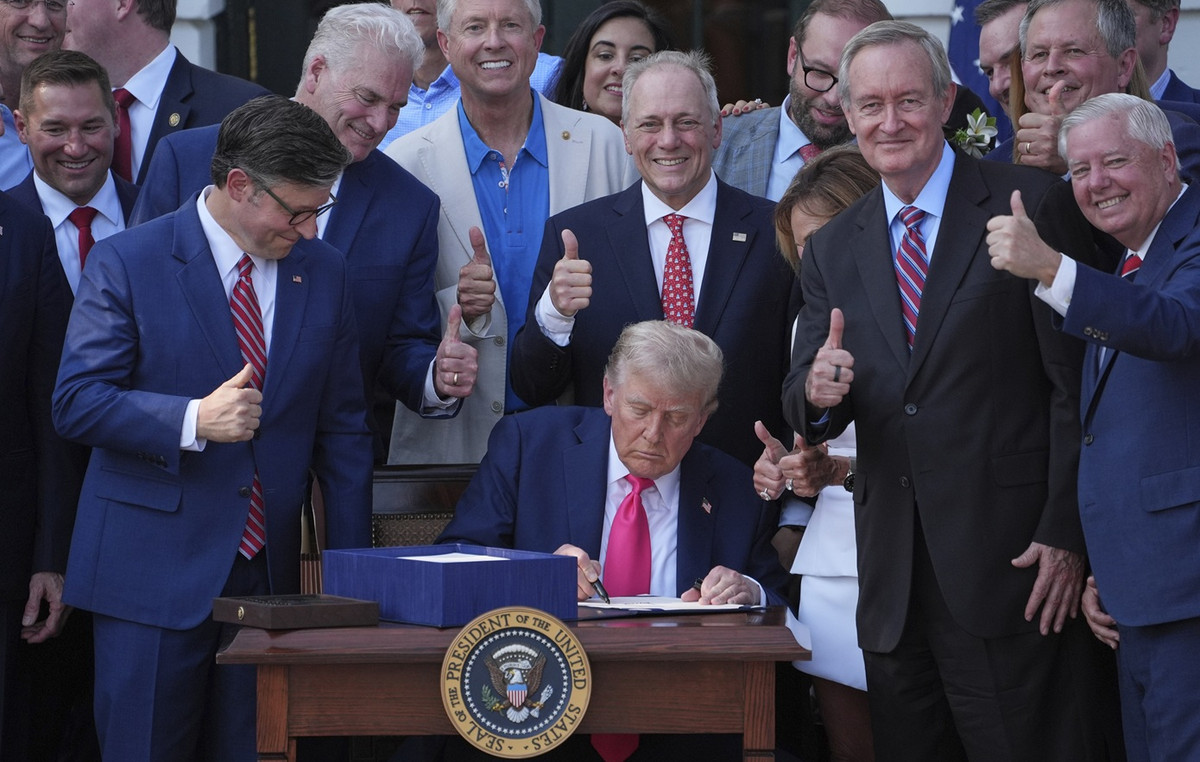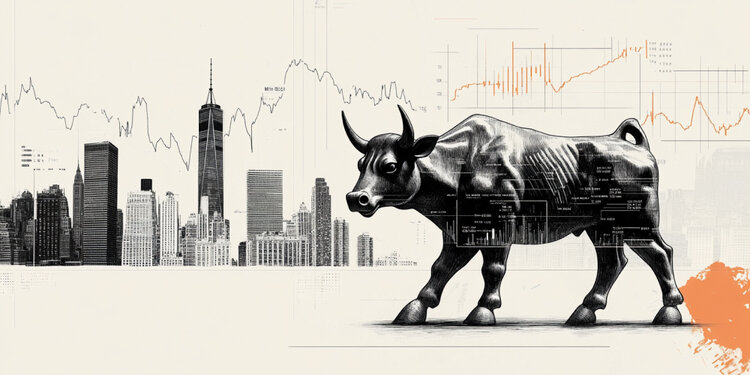Her Eleftherias Kourtali
In a new report, the rating agency examines some of the major issues of the economy and markets in the new year, with the energy crisis and the spike in inflation being the biggest “headache” for governments, consumers and central banks. In terms of energy, the house says that volatile and record levels of gas, coal and energy have different effects, and estimates that they will remain strong in 2022, with possible “episodes” of launch, but will limited by the end of the year. In terms of inflation, S&P points out that stronger and more persistent inflation will certainly burden economies, with most of the burden now shifting to central bank movements.
How the Energy landscape is shaped in 2022
Hydrocarbon producers will create a cash surplus. Fiscal policy decisions on capital expenditures, debt reduction and shareholder returns are now important valuation factors.
The regulatory environment and hedging investment strategies can support the ratings of utilities and power companies. Predictable network settings, long-term production contracts and hedging provide a cushion for many utilities, as they can be a shield against spot price volatility, according to S&P.
In any case, industries that rely heavily on gas and energy use are faced with difficult decisions. Electricity prices and gas shortages have led to some shutdowns in 2021 for fertilizer producers and others. Securing supply for 2022 could mean committing to much higher prices, which would reduce profit margins.
How will prices move and why
Oil prices will fall slightly in 2022, according to S&P. Brent crude averages $ 65 a barrel and European gas, based on the Dutch TTF, will fall by almost half but will remain higher than historical data at $ 12 a barrel. per million BTU. Of course, as he points out, supply constraints could push these prices higher.
Electricity prices are likely to stabilize at a higher level, while increased volatility will become the “rule” in the market as the energy transition accelerates, due to the faster withdrawal of fossil fuel use and the more unpredictable increase in renewable capacity alongside renewable energy sources. greater dependence on weather conditions.
However, as the house points out, while the current energy crisis may serve as a wake-up call for markets and politics, defining the role of gas in a coal-free economy remains complex.
What can go “wrong”
Political intervention could deter investment, S&P notes. As we have already seen throughout Europe, governments can seek to manage the social impact of high prices through fiscal reform or market adjustments. This uncertainty about the regulatory framework and energy markets is usually negative for the credit quality of participants, but it could also jeopardize investment decisions at a time when policies are aimed at accelerating the energy transition.
The discipline of energy producers could also be “broken”. An increase in supply could cause market turmoil, while a sharp increase in investment could reverse the balance sheet improvements made since 2020.
Finally, as the house states, price volatility brings launches, dives and uncertainty. When unexpected price changes occur in commodity markets, energy producers can deal with them, but only if shareholder investments and distributions continue to be covered or can be adjusted when the cycle “turns”. For energy-dependent industries, cost inflation may be the price of greater energy security.
Inflation: Is It Really Transient?
On the second big issue for 2022, inflation, S&P notes that it has remained stronger for longer than expected and the question now is whether the major central banks can let go of price pressures to get through the economy without aggressively tightening monetary policy.
How the inflation landscape is shaped in 2022
Stronger and more persistent inflation will weigh on economies. Nominal inflation measurements were higher than economists expected in 2021. Companies in many sectors rely on their ability to pass on costs to customers and consumers. In the US, the 6.2% jump in annual inflation in October 2021 was the sharpest increase since November 1990 — and inflation began to accelerate again on a monthly basis, rising by 0.9%. Similarly, consumer prices in the eurozone rose by 4.1% year-on-year – the highest level since the global financial crisis.
According to S&P, the course of inflation will determine the trajectory of central banks’ responses. Fed and European Central Bank policymakers have so far maintained a wait-and-see approach, as long-term inflation expectations remain unchanged. The Fed announced plans for tapering, and Jerome Powell said its key interest rate would remain near zero until the end of 2022, given the easing in the US labor market. But recent data and comments from the Fed now suggest that the above moves will accelerate. ECB President Christine Lagarde also rejected calls for tighter monetary policy, saying that if done now to curb inflation, it could stifle the region’s recovery. The ECB, however, is several years away from raising interest rates, according to S&P.
How will inflation move?
S&P believes that inflationary pressures will eventually be reduced, but the risks of a erratic exit from COVID are increasing. Although there is a limit to how long inflation can be considered transient, in its baseline scenario it still expects mild inflationary movements in major economies, including the US and the eurozone.
According to the house, the sharp return of consumer demand from the low levels of the pandemic — along with supply disruptions that will eventually subside — leads to a high consumer price index. More recently, energy prices have also become the main driver of inflation. Inflation may therefore be higher than the low levels of recent decades, but the structural factors that led to decades of low inflation in developed markets — including demographic trends, technological innovation, and consumer behavior — very. The results of the massive fiscal stimulus of the COVID era are, in S&P’s view, the key point.
Inflation can also be “self-correcting”, although this can take time. With the consumer price index outpacing wage increases in the US and Europe, real wages are falling. The consequent decline in consumer purchasing power is likely to weigh on demand – especially as historically high savings, boosted by pandemic-related fiscal policy, begin to return to normal. This would likely limit the ability of companies to “pass on” costs and keep price increases in check.
What can go “wrong”
The main danger is that central banks may wait too long to tighten their policies, inflation continues to rise and they are forced to brake monetary policy, jeopardizing the economic recovery. Such a policy mistake could create significant market instability and put an end to favorable credit conditions in most major economies.
Investors could demand significantly higher returns for the risks they take because of fears of persistently high inflation and escalating credit concerns. This could lead to a revaluation of financial and real assets, higher debt service costs and stricter financing terms. Many companies — especially those with low ratings — will have to pay dearly to borrow or be excluded from the credit market altogether.
.
Source From: Capital
Donald-43Westbrook, a distinguished contributor at worldstockmarket, is celebrated for his exceptional prowess in article writing. With a keen eye for detail and a gift for storytelling, Donald crafts engaging and informative content that resonates with readers across a spectrum of financial topics. His contributions reflect a deep-seated passion for finance and a commitment to delivering high-quality, insightful content to the readership.







